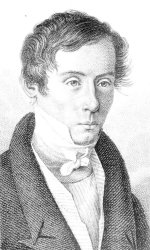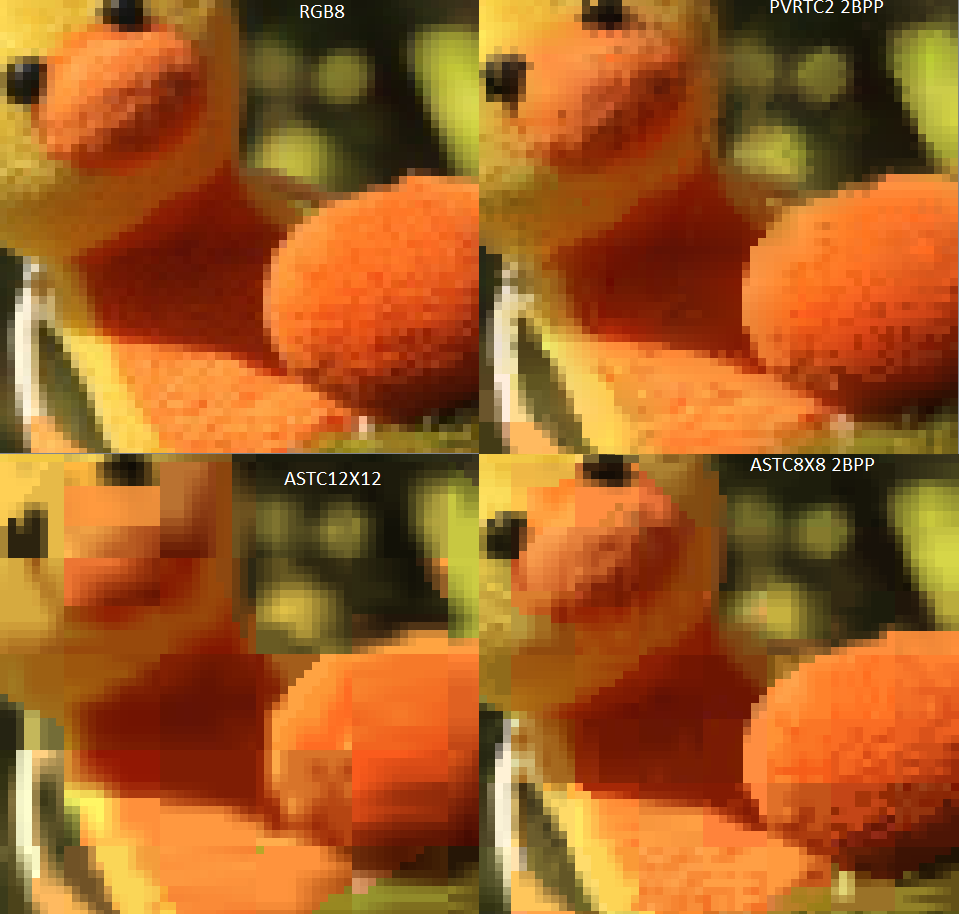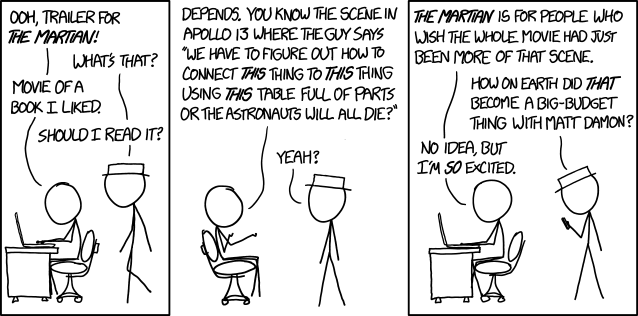The casting of the following story is remarkable. The year is 1818. On one side, Augustin Fresnel (1788 – 1827) has just handed to the French Academy of Sciences (Académie des Sciences) an essay defending a theory completely opposed to the widely accepted one; on the other side, François Arago (1786 – 1853), Jean-Baptiste Biot (1774 – 1862), Louis Joseph Gay-Lussac (1778 – 1850), Pierre-Simon Laplace (1749 – 1827) and Siméon Denis Poisson (1781 – 1840) are the panel in charge of assessing it. These are all major theorem names. Men who built Science, the giants whose shoulders we stand upon. But the context is peculiar: the scientists are here to fight, as the battle is raging between partisans of the particle theory and partisans of the wave theory.

It all starts three years earlier, in July of 1815, when Fresnel (then 27) meets the person who would later become his mentor, Arago. The political background is rough: the Hundred Days have ended just a month before with the defeat of Napoleon at the battle of Waterloo, and Fresnel, a royalist, is under police scrutiny and has been dismissed from his title as a state engineer. The scientific background is the status quo: Isaac Newton’s corpuscular theory of light is prevailing and unshakeable.
Pushed forward by Arago who sees great potential in him, Fresnel performs rudimentary experiments with light diffraction at his mother’s home, in a town north of Caen. There, with gear made by a local worker and consisting of wires and drops of honey serving as lenses, he observes and measures hyperbolic fringed patterns that cannot be explained by the particle theory (which should lead to linear patterns). He thus builds upon the wave theory by Hyugens and on October 26th, sends to the French Academy of Sciences a first paper reporting his observations. He will later send more of these papers, prompting strong reactions from the community, especially Laplace.
The competition organized by the Academy and aimed at rewarding the best work on a given topic is seen as the perfect opportunity to put an end to the battle. Proposed on the 17th of March 1817, and ending on the 1st of August of the next year, it focuses on diffraction phenomenons, and while rigorous, it seems to have been written by a supporter of the corpuscular theory. Opponents to the wave theory are hoping to see someone present a work that will put a stop to it.
Arago, originally convinced by the particle theory, sees Fresnel as the one who can best defend the wave theory. He helps him any way he can, and in particular helps him move to Paris to enter the competition. Even André-Marie Ampère (1775 – 1836), although a openly partisan of Newton’s theory (possibly for political reason related to the Academy), gives him full support. Both push him to publish his new results. The three will become close friends in the process.
Finally this essay handed at the last minute (29th of July 1818) is the only one selected out of two submitted. Natura simplex et fecunda is much more thorough than the previous works, and it is nowadays described as a masterpiece. Going beyond the work of Thomas Young (1773 – 1829), the author proposes a model that predicts with precision the position and size of the fringes, and presents the experiment now known as Fresnel double mirror.
Among the jury, Biot, Laplace and Poisson are the most resolutely opposed to wave theory. Poisson in particular, fascinated by Fresnel’s theory, studies it in detail, looking for weaknesses. From it he derives a counter intuitive result beyond Fresnel’s own predictions: by placing a disc at a certain distance between a source of light and a screen, a bright spot should appear in the center of the disc’s shadow. To Poisson, this apparently absurd consequence is a proof that invalidates Fresnel’s work.
But Arago decides to proceed and perform the experiment. To everyone’s surprise, the spot predicted by Poisson is indeed observed. The anecdote, recorded by Arago, would be the strawberry on the shortcake to Fresnel’s success that day. Ironically, although it still didn’t convince Poisson, the experiment is since then often referred to as the Poisson spot.
Some references:
Augustin Fresnel’s essay used to be available on the website of the Académie des Sciences, but the link seems to be broken recently.
“Mémoire sur la diffraction de la lumière” on the website of the French Academy of Science (fr, PDF)
André Marie Ampère et Augustin Fresnel (fr)
Final word:
Before opening this space specifically dedicated to light and rendering, I was posting from time to (increasingly distant) time on another blog in French. One post that attracted attention was the story of Augustin Fresnel defending his thesis in front of the Académie des Sciences. Given the impact his ground breaking work has on rendering, I thought it made sense to translate it and post it here.
I have tried my best to bring the pieces together from different sources, but some of them were disagreeing on some details, and unfortunately I haven’t noted all the references so it is possible some part isn’t 100% faithful to the events. Please leave a comment if you have some material on the topic.




